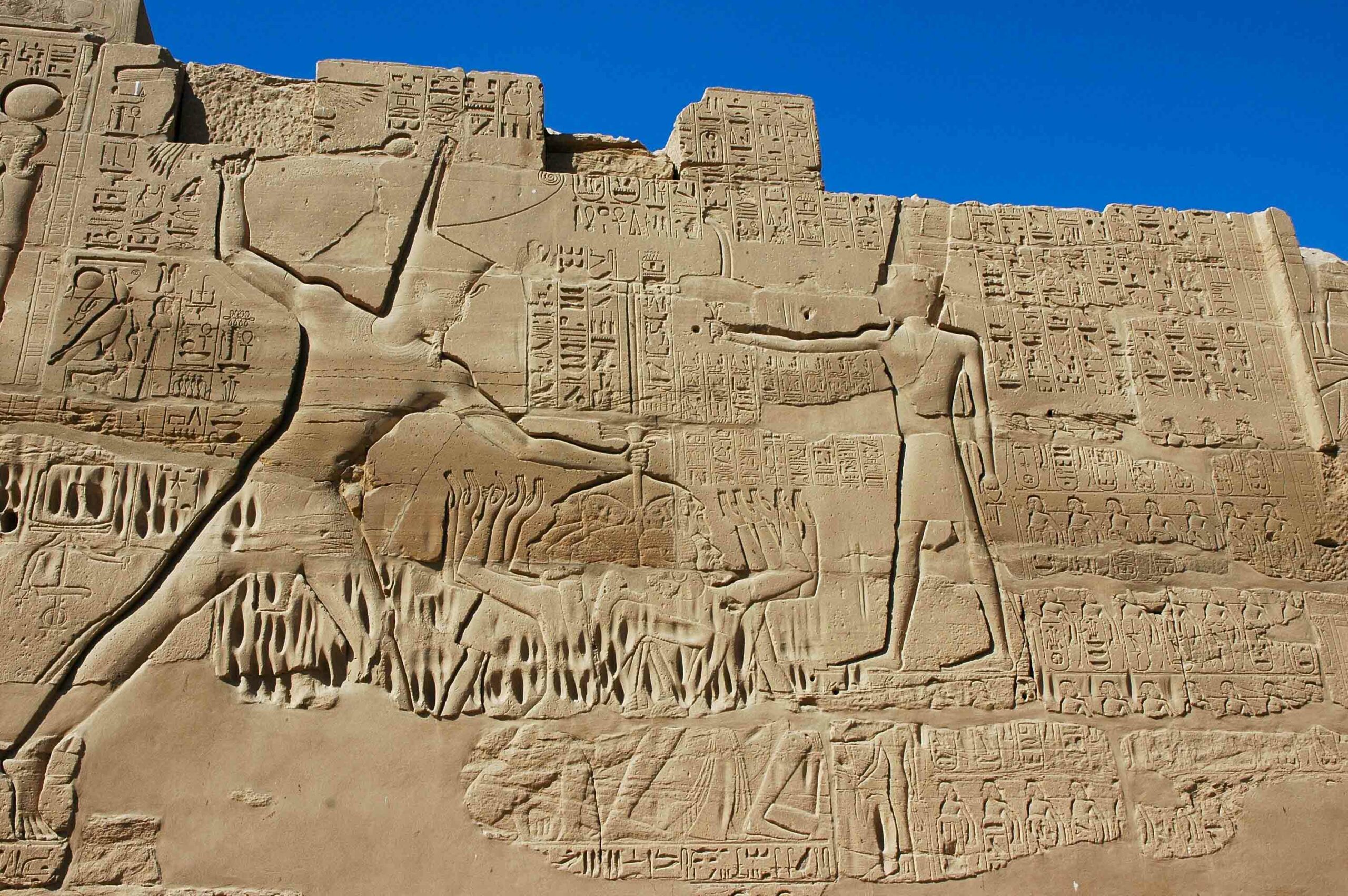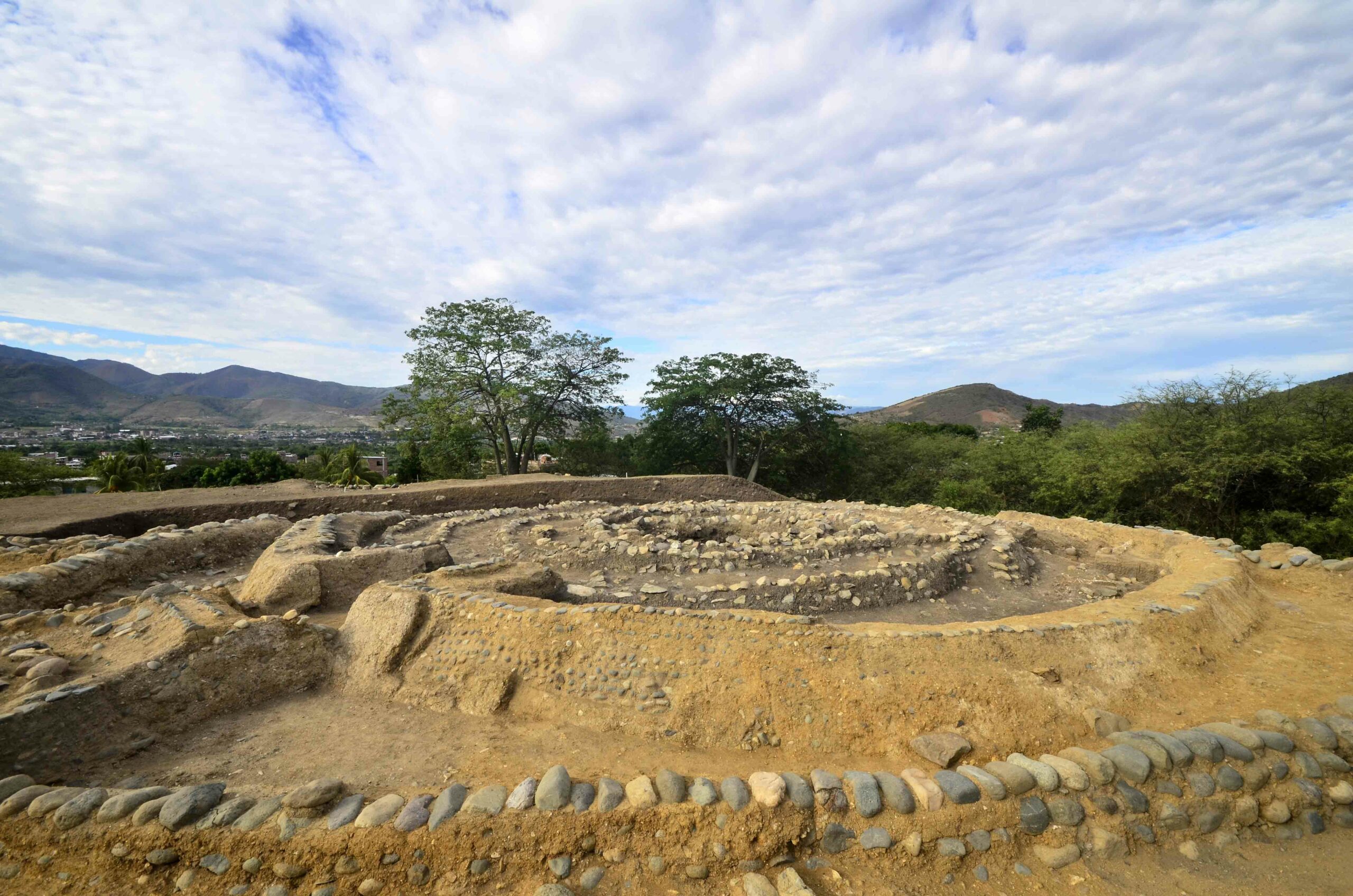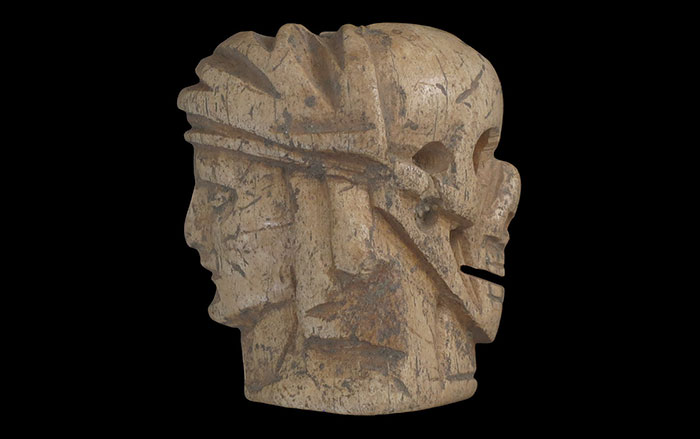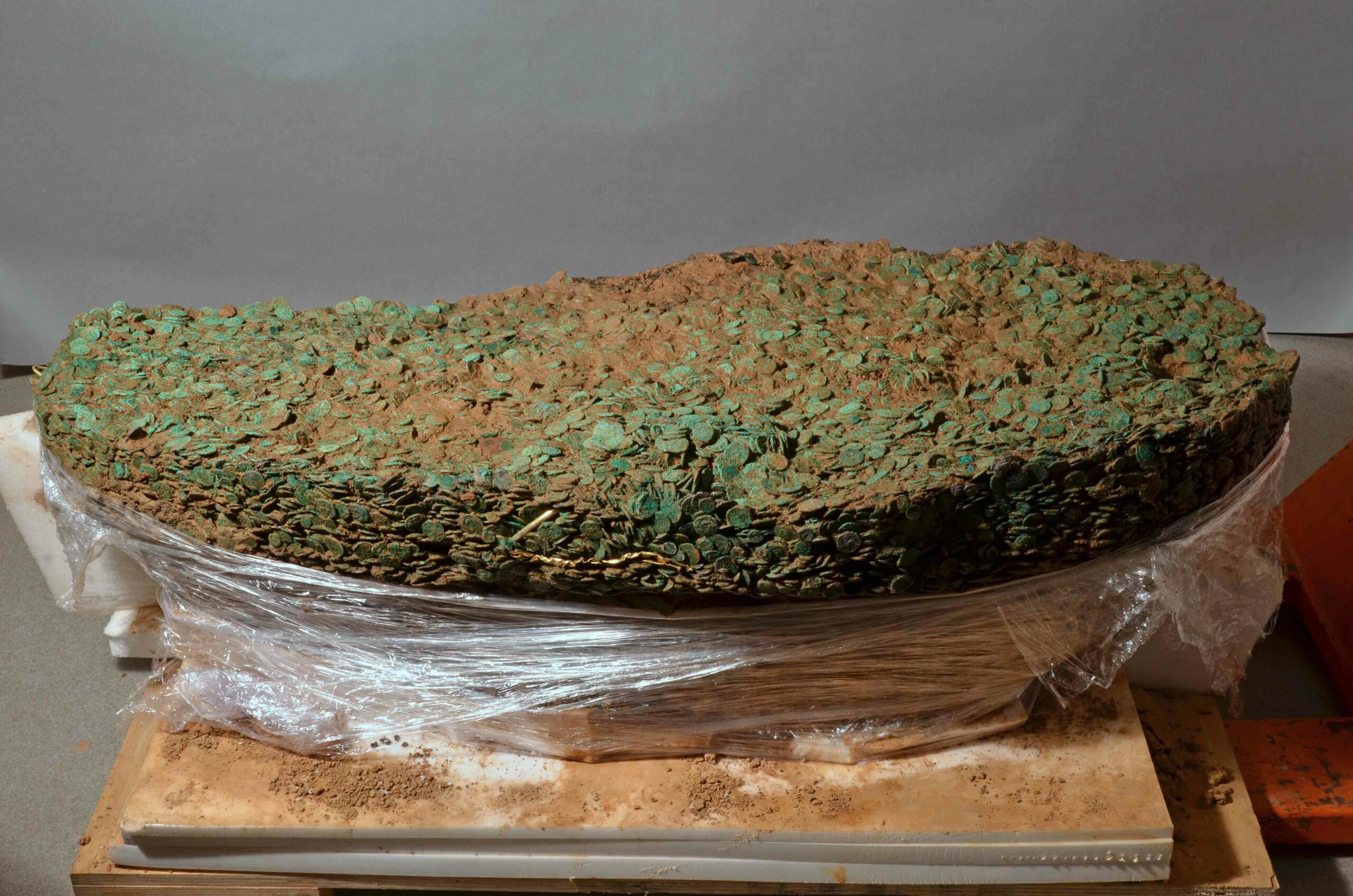
SYDNEY, AUSTRALIA—A 3,700-year-old cuneiform tablet housed at Columbia University is inscribed with the world’s oldest and most accurate working trigonometric table, according to a report in The Guardian. Early twentieth-century scholars noted the Pythagorean triples on the tablet, but did not know how the numbers were used. Mathematicians Daniel Mansfield and Norman Wildberger of the University of New South Wales say the calculations on Plimpton 322, as the Babylonian tablet is known, describe the shapes of right triangles based on ratios, whereas modern trigonometric tables are based upon measurements of angles and circles. Babylonian mathematicians used base 60 for their calculations, rather than base 10, which allowed for more accurate fractions. In addition, Mansfield and Wildberger explained that Plimpton 322 includes four columns and 15 rows of numbers, for a sequence of 15 right triangles decreasing in inclination. Based upon the mathematics, however, the broken table probably originally had six columns and 38 rows of numbers. The researchers think the large numbers on the table could have been used to survey land and calculate how to construct temples, palaces, and step pyramids. To read in-depth about cuneiform tablets, go to “The World's Oldest Writing.”










